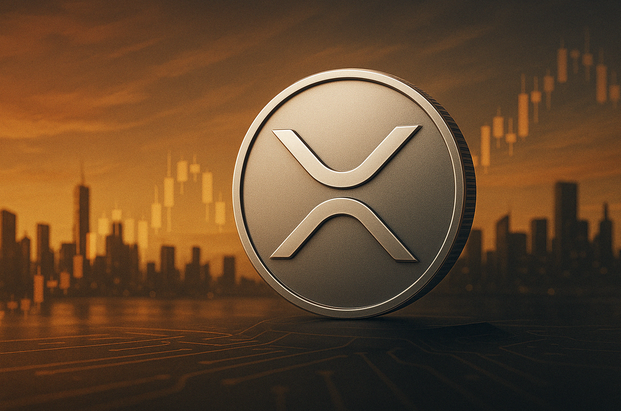TLDR
- mXRP vault hits $22M in deposits within days of its market launch.
- XRP holders earn up to 10% yield with mXRP, avoiding rebasing or inflation.
- mXRP tokens can be used in DeFi protocols for additional yield generation.
- XRP’s growing utility includes new stablecoin partnerships and tokenized funds.
The mXRP vault, a new liquid staking token, has quickly gained traction in the market, surpassing $22 million in deposits within days of its launch. Developed by Midas, in partnership with Axelar and Interop Labs, mXRP offers XRP holders an opportunity to earn up to 10% yield without the rebasing or inflation often associated with traditional staking models. The rising interest indicates growing demand for XRP-based financial products.
mXRP Launch Attracts Strong Investor Interest
The mXRP vault launched earlier this week has shown impressive growth, drawing over $22 million in deposits from investors in less than a week. The token, issued on the XRPL EVM sidechain, is designed to allow users to stake XRP and receive mXRP tokens, which can then be utilized within decentralized finance (DeFi) ecosystems.
Unlike typical staking methods, the mXRP token does not involve rebasing or inflation of its supply. Instead, it is pegged to the value of XRP and accrues value based on performance. This structure allows holders to gain returns directly from performance gains without the volatility and dilution concerns present in traditional staking models. The collaboration between Midas, Axelar, and Interop Labs has helped create a platform that aims to enhance XRP’s use cases across the blockchain ecosystem.
How the mXRP Vault Works
mXRP operates by allowing XRP holders to deposit their tokens into the vault. Once deposited, the XRP is bridged into the XRPL EVM network, and in return, holders receive mXRP tokens. These mXRP tokens can be used in DeFi protocols for activities such as adding liquidity, lending, or staking in additional products. The token is fully composable, meaning it retains its functionality within other decentralized applications.
The yield generated from these activities can reach up to 10%. Behind the scenes, professional curators like Hyperithm, a digital asset management firm, handle the risk management of the collateral. When users decide to redeem their mXRP, the tokens are burned, and the equivalent amount of XRP is returned. This setup ensures that the system remains efficient and fair for all participants.
Ripple’s Expanding Ecosystem and New Developments
The launch of the mXRP vault is part of a broader effort to expand the use cases for XRP. Ripple has been working on several initiatives that integrate XRP into various financial products. One of the recent developments includes a partnership with Securitize to launch the Ripple USD (RLUSD) stablecoin. The stablecoin, built on XRP, is designed to be used in tokenized funds managed by major financial firms like BlackRock and VanEck.
In addition, XRP-backed stablecoins have also gained traction in the market. Flare Network recently announced an XRP-backed stablecoin through its Enosys Liquity V2 platform, which is expected to increase liquidity for XRP on-chain. This further broadens the scope of XRP in the decentralized finance space, making it more attractive to both retail and institutional investors.
The Future of mXRP and XRP’s Growing Utility
The mXRP vault’s success points to a growing interest in products that allow users to earn yield from their XRP holdings. As XRP continues to expand its range of use cases, more investors may look to capitalize on these opportunities. With the combination of liquid staking and yield-generating strategies, mXRP is providing an alternative to traditional XRP staking models, which could attract more participants in the coming months.
As more products and services tied to XRP emerge, it is expected that demand for the token will continue to rise. With the mXRP vault leading the way, XRP’s growing utility in the DeFi space presents new opportunities for investors to generate returns while participating in the wider blockchain ecosystem.





